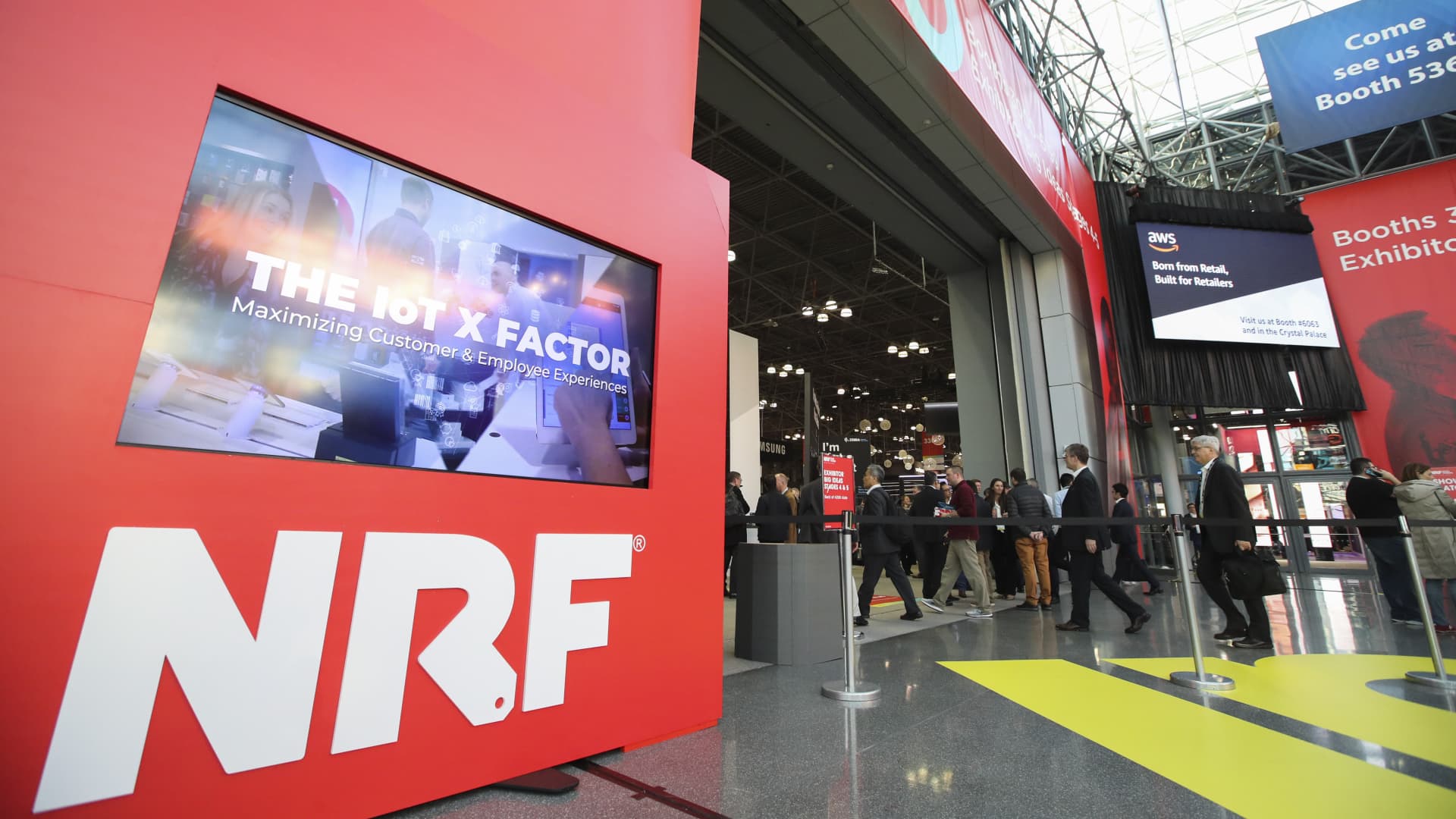The main retail lobbying group has walked again a key claim about shrink, or inventory losses from various sources, after a information investigation revealed that the evaluation was incorrect.
The Friday retraction from the National Retail Federation underscores simply how tough it is for the business to accurately measure the affect and supply of stock losses, at the same time as it makes use of that knowledge to lobby lawmakers to move stricter laws that crack down on theft.
In April, the NRF published a report about organized retail crime along with non-public safety agency K2 Integrity that claimed “practically half” of the estimated $94.5 billion that retailers mentioned they misplaced to shrink in 2021 “was attributable” to ORC.
That claim contradicted the NRF’s own annual shrink survey that confirmed all exterior theft – not simply incidents associated to organized teams – accounted for simply 37% of these losses in 2021.
Typically, organized retail crime refers to incidents that contain coordinated teams of individuals who shoplift from shops after which resell the objects both on-line or in casual avenue and flea markets. Retailers usually level to it as one of the biggest issues affecting their shops, associates and profitability, and are mounting a concerted lobbying campaign to persuade state and federal lawmakers to move legal guidelines that will convey harsher penalties for organized theft offenses.
External theft, then again, consists of any items stolen by somebody who would not work for the retailer. It consists of petty shoplifting incidents, which retailers often say they aren’t as involved about.
The NRF retracted the claim after an investigation from Retail Dive printed on the finish of November revealed the discrepancy. NRF spokesperson Mary McGinty advised CNBC it was primarily based on U.S. Senate testimony given in 2021 by Ben Dugan, a present asset safety government at CVS Health and the previous president of advocacy group the Coalition of Law Enforcement and Retail.
In his testimony, Dugan mentioned that ORC accounted for $45 billion in annual losses for retailers, in accordance to the coalition’s estimates.
“The assertion that ‘practically half of… [shrink] was attributed to ORC’ was a mistaken inference made by the K2 analyst linking the outcomes of the NRF NRSS survey from 2021 and an assertion by Ben Dugan from CLEAR in 2021 Senate testimony,” McGinty advised CNBC.
The NRF modified the report and eliminated the claim, McGinty mentioned. Dugan directed CNBC to CLEAR for a response.
She added that the NRF “stand[s] behind the broadly understood indisputable fact that organized retail crime is a major problem impacting retailers of all sizes and communities throughout our nation,” however acknowledged how tough it is to collect knowledge on theft.
“At the identical time, we acknowledge the challenges the retail business and regulation enforcement have with gathering and analyzing an correct and agreed-upon set of knowledge to measure the quantity of incidents in communities throughout the nation,” McGinty mentioned. “The actuality is retailers and regulation enforcement companies proceed to expertise day by day incidents of theft, associate in large-scale investigations and report recoveries of stolen retail items into the hundreds of thousands of {dollars}.”
The NRF’s research are one of the best guess the business could make about how shrink impacts firms. The media broadly reviews on them, and lawmakers use them as proof once they name for stricter legal guidelines and rules.
But the flawed knowledge reinforces skepticism concerning the claims that retailers and their highly effective commerce associations make about organized retail crime, as a result of even the business’s personal knowledge is tough to belief.
The NRF’s retraction is not the primary time the agency printed knowledge that later ended up incorrect.
In a earlier NRF shrink survey, it reported that retailers noticed $94.5 billion in stock losses in 2021. It calculated that by making use of the common shrink fee of 1.4% to preliminary retail gross sales knowledge reported to the U.S. Census Bureau that yr.
When the U.S. Census later printed its remaining retail gross sales quantity for the yr, these figures had been decrease than estimates, making shrink losses about $600 million lower than what the NRF initially reported.
When CNBC introduced this discrepancy to the NRF’s consideration earlier this yr, the agency did not revise the information level in its survey. It did use the right determine in its 2022 report when it in contrast that yr’s losses with the prior years.
McGinty famous that the Census “revises after which revises many times,” however the agency would not revise its printed numbers “as a result of it is a ‘cut-off date’ quantity.”
“It’s not flawed knowledge,” McGinty mentioned. “It’s knowledge primarily based on one of the best out there info on the time.”
Don’t miss these tales from CNBC PRO:

